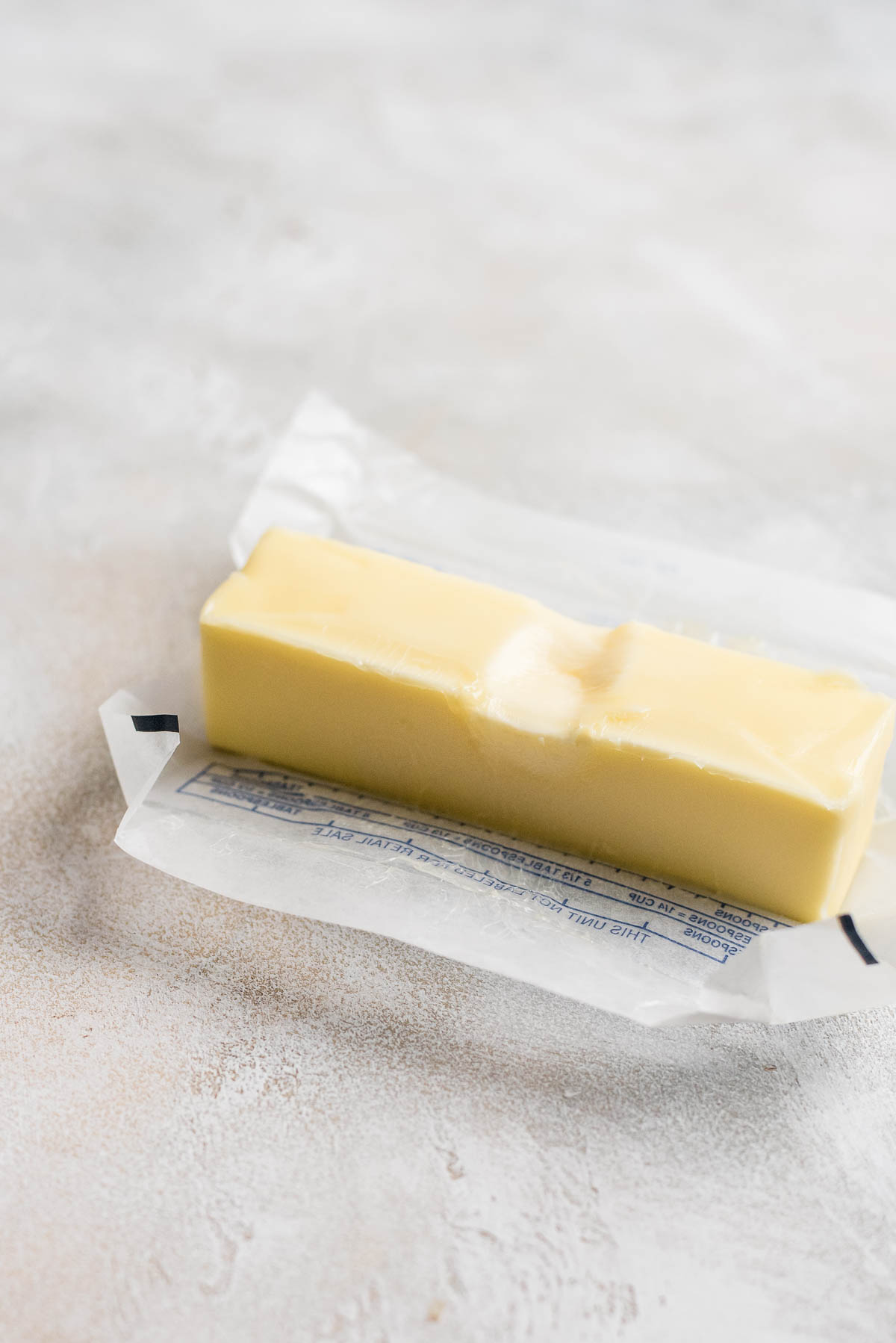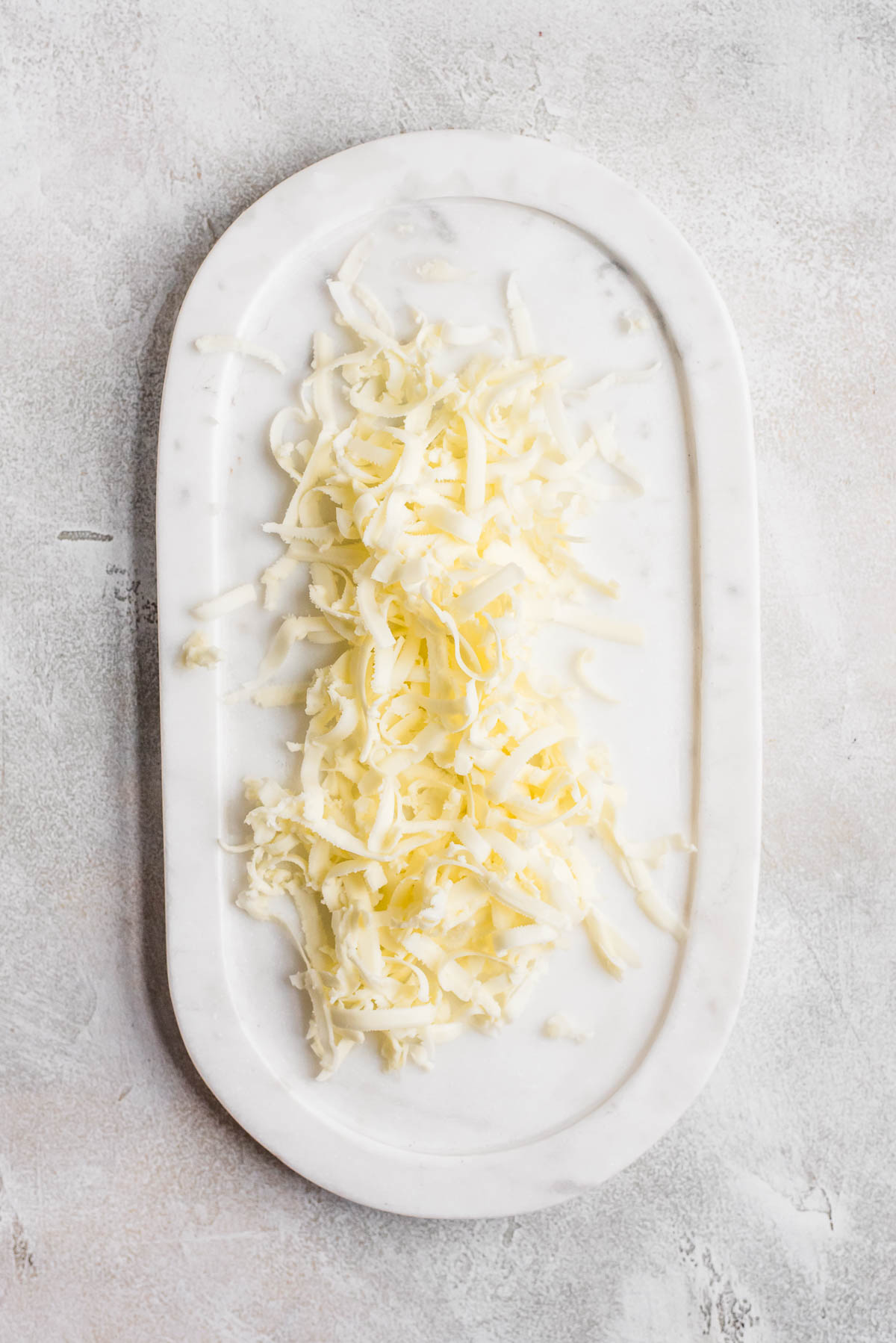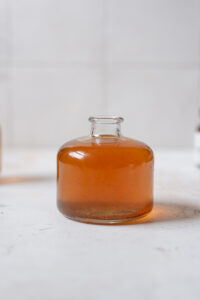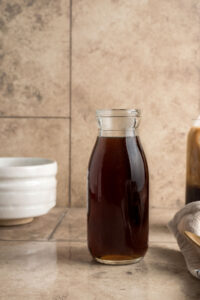My absolute favorite foolproof methods to soften butter quickly. Try one of these methods when you need to get perfectly softened butter fast.
How many times has this all too familiar scenario happened in your kitchen?
A craving for something sweet and an urge to bake something suddenly strikes.
You look online for a recipe that looks good. Yes, finally! You find one that looks easy enough and you have all the ingredients in your kitchen already. Quickly, you start grabbing the flour, sugar, and butter.
Glancing down at the recipe again, you see it says "½ cup butter, room temperature" Really? Does it really have to be exactly room temperature? Can't I just use it straight out the refrigerator?
Sadly, my friend, you do need that butter softened to room temperature if the recipe calls for it. No, it isn't just some ploy to keep you anticipating those soft, chewy cookies even longer. There is an actual scientific reason you need your butter at room temperature.
You see, baking is a science, and requires precision to get each ingredient to behave a certain way in order to achieve the exact textures and flavors you expect from any given baked good.
Butter is creamed with sugar in order to create air bubbles that will hold through uniformly within your batter or dough to create a beautiful texture as long as your other ingredients are also room temperature so that they can properly emulsify.
What is Room Temperature Butter?
When a recipe calls for room temperature or softened butter, it means you should be able to easily press into the stick of butter and leave an indent. You shouldn't be able to stick your finger straight through the stick, nor should your finger slide all around the surface. There should not be any melted areas on the butter.
The butter will not be warm, and actually still feel somewhat cool to the touch. It should be roughly 65 degrees F )18 degrees C).
How Long Do I Need to Leave Butter Out to Soften?
This will depend on a couple of factors. First, how big are your sticks of butter? Second, where are you getting your butter?
Not all sticks of butter are the same size (which is why a recipe will usually call out the number of cups, tablespoons, grams, or ounces needed). The smaller the sticks you use, the faster the butter will warm.
I personally keep all my butter in the freezer. It is a habit I started when baking a lot of pies, and when I read that it helps inhibit the fats in the butter from trapping in scents from foods in the refrigerator.
Frozen butter obviously takes more time to warm than butter left in the refrigerator.
Typically, you want to leave your butter out at room temperature for at least 1 hour if it was left in the refrigerator. You will need at least 3 - 4 if the butter was frozen.
Method One for Softening Butter: The Grater Method
The grater method is not just a pun for it being the best way to soften butter quickly. It also describes what we do to the butter to speed the process along - that is to say, we grate the butter.
If you remember any of your science classes, you may remember that a larger object takes longer to react to its environment compared to a smaller version.
A single stick of butter is more dense, with less surface area. The surface is the first to warm, so more surface area means faster warmer. Using a grater on your butter cuts it down so there is a lot of surface area.
- Place a plate under your grater, and grate your butter directly onto the plate.
- Spread the butter out into a layer instead of letting the butter sit in a pile.
After grating your butter, it should be at room temperature after 5 - 10 minutes.
Method Two for Softening Butter: The Microwave Method
Before you throw your butter in the microwave, read this first!
You don't want to actually put your butter in the microwave and heat it directly. That runs the risk of some of it melting while the rest stays cold and solid.
Instead, we are going to turn our microwave into a cozy warm area that will encourage the butter to evenly soften.
- First, cut your butter into even squares and plate on a microwave-safe plate. Set aside.
- Fill a microwave-safe cup or mug with water and heat in the microwave for 2 - 3 minutes, or until it is boiling.
- Carefully, remove the cup and place the plate of butter in the microwave and close.
Your butter should soften in the warmed microwave after 10 minutes.
Which Method Should I Choose to Soften Butter?
It depends on your mood.
The grater method is more hands-on as you need to manually grate the butter, but it tends to give you warmed butter faster. Plus, you don't need a microwave to soften your butter which is great if you don't have access to one or just don't want to use one.
The microwave method is more hands-off, but tend to take just a bit longer on average. I switch between the two methods regularly.
Want More Baking Tips?
Read through my guide on how to use yeast, or learn the differences between baking soda and baking powder.








Leave a Reply